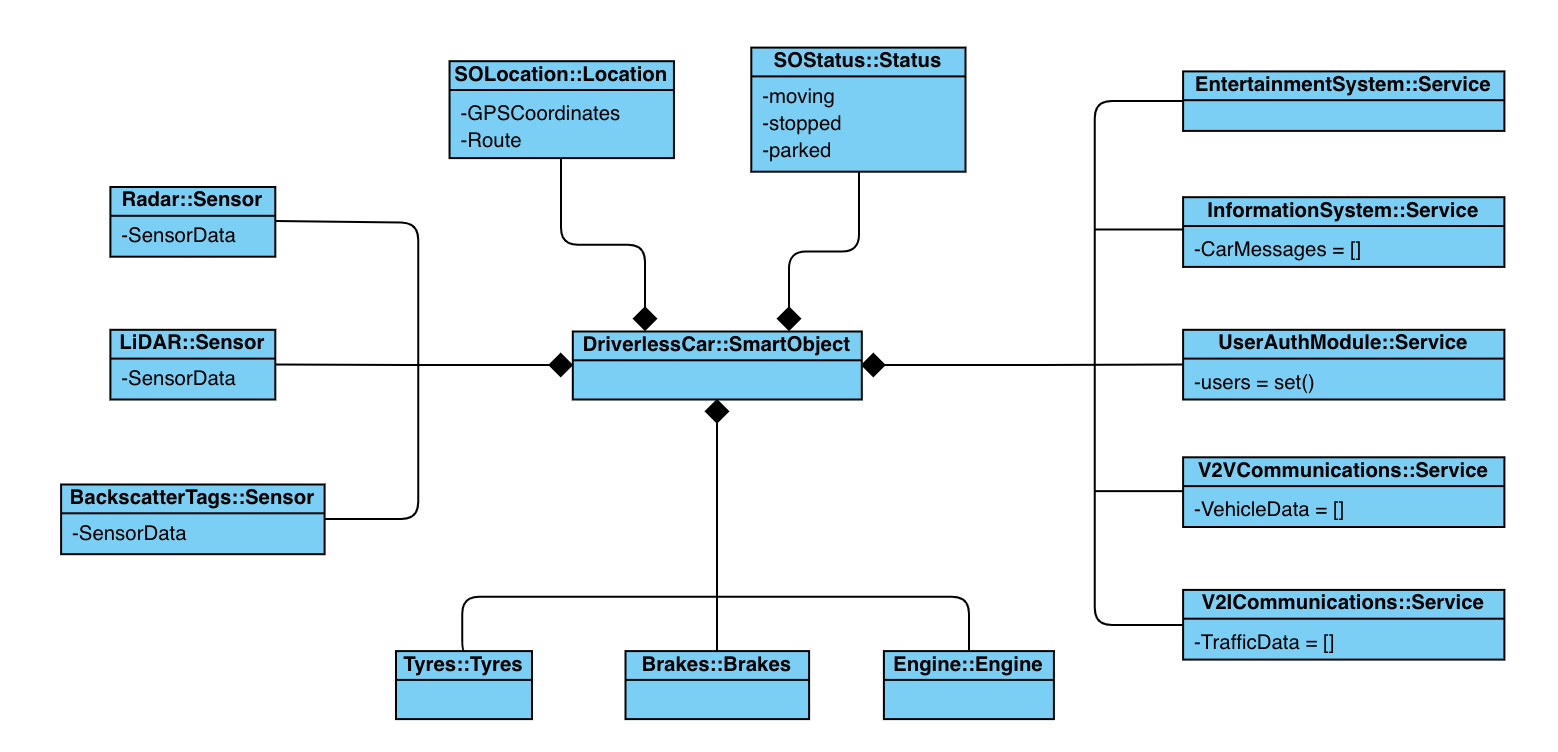This unit aims to:
- Appropriately package a Python code development
- Adequately and effectively document your code
- Use the tools available in Python to test the quality of code
PG Cert Computer Science

Unit 9
 As expected from the metamodel approach it is a high-level model which excludes implementation details.
References:
Fortino, G., Guerrieri, A., Russo, W. & Savaglio, C. (2015) Towards a Development Methodology for Smart Object-Oriented IoT Systems: A Metamodel Approach.
2015 IEEE International Conference on Systems, Man, and Cybernetics. 1297-1302.
Lange, C. F. J., Chaudron, M. R. V. & Muskens, J. (2006) In practice: UML software architecture and design description. IEEE Software 23(2): 40-46.
- Post by Gianluca Cannone:
As expected from the metamodel approach it is a high-level model which excludes implementation details.
References:
Fortino, G., Guerrieri, A., Russo, W. & Savaglio, C. (2015) Towards a Development Methodology for Smart Object-Oriented IoT Systems: A Metamodel Approach.
2015 IEEE International Conference on Systems, Man, and Cybernetics. 1297-1302.
Lange, C. F. J., Chaudron, M. R. V. & Muskens, J. (2006) In practice: UML software architecture and design description. IEEE Software 23(2): 40-46.
- Post by Gianluca Cannone: